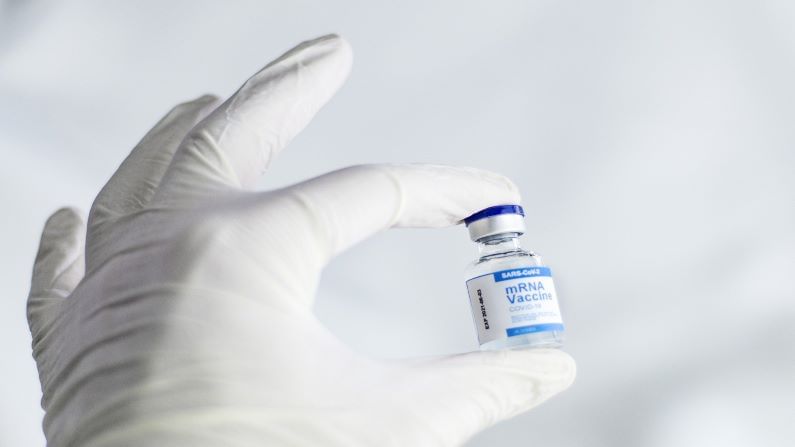As vaccine shortage soars, daily jabs plunge over 35% to 980 per million adults: Report
The only saving grace is the continuing decline in the caseload, which has been trending downward for the second week in a row as daily cases declined 22% sequentially in the week ended May 23, Crisil said

Mumbai: As the vaccine mismanagement and the resultant shortage continue, the daily vaccination has come down to 980 per million people as of May 23, down from 1,455 per million a week earlier and against the world average of 3,564 per million, according to a report.
The only saving grace is the continuing decline in the pandemic caseload, which has been trending downward for the second week in a row as daily cases declined 22% sequentially in the week ended May 23, which is faster than the 15% fall the week before, Crisil said in the report.
This means that the infections may have crossed the peak on May 6, when the country had reported 4.14 lakh cases. Daily new cases now average 2.5 lakh, down from 3.3 lakh in the week ended May 16.
More significantly, as of Tuesday, the daily caseload has fallen below the 2-lakh mark as in the past 24 hours there were only 1,96,427 new coronavirus infections.
With the vaccine availability remaining a national bottleneck, the pace of vaccination has been steeply falling and as of May 23, daily vaccinations have come down to a low of 980 per million people from 1,455 per million a week earlier, down over 35%. The world average is 3,564 per million, the report said.
Though Maharashtra, Gujarat, and Delhi have vaccinated the highest proportion of their population among the respective groups, the pace of vaccination has declined further in May in these states. Vaccination will further slow down as the availability of the vaccine is going to take time.
As of Tuesday, total tally pandemic cases increased to 2,69,48,874, while the death toll rose to 3,07,231. The infection crossed the 20-lakh mark on August 7, 2020, 30 lakh on August 23, 40 lakh on September 5 and 50 lakh on September 16. It went past 60 lakh on September 28, 70 lakh on October 11, crossed 80 lakh on October 29, 90 lakh on November 20 and surpassed the 1-crore mark on December 19, 2020. The country crossed the grim milestone of 2 crore on May 4, 2021, according to the Union Health Ministry data.
According to Crisil, while daily cases dipped, testing continued to increase as it grew 11% last week, bringing down the test positivity rate to 13.1% from 18.8% a week earlier. Also, the recovery rate improved to 88.7% as of May 23 from 84.8% the previous week.
Taking together the decline in new infections, positivity rate and active cases, coupled with improving recovery rate, the country may have crossed the peak of the second wave on May 6, the report said.
However, states like Tamil Nadu, Odisha and Assam are still under a strong viral grip, on the other hand, Uttar Pradesh, Madhya Pradesh, Rajasthan have seen the sharpest declines, it added.
The economic impact of the second wave on the states will be determined by the caseload, the nature of lockdowns, structural composition of output (across sectors/regions) and above the pace of vaccination, the report said, adding states with higher services dependency, and slower pace of vaccination will remain more vulnerable.